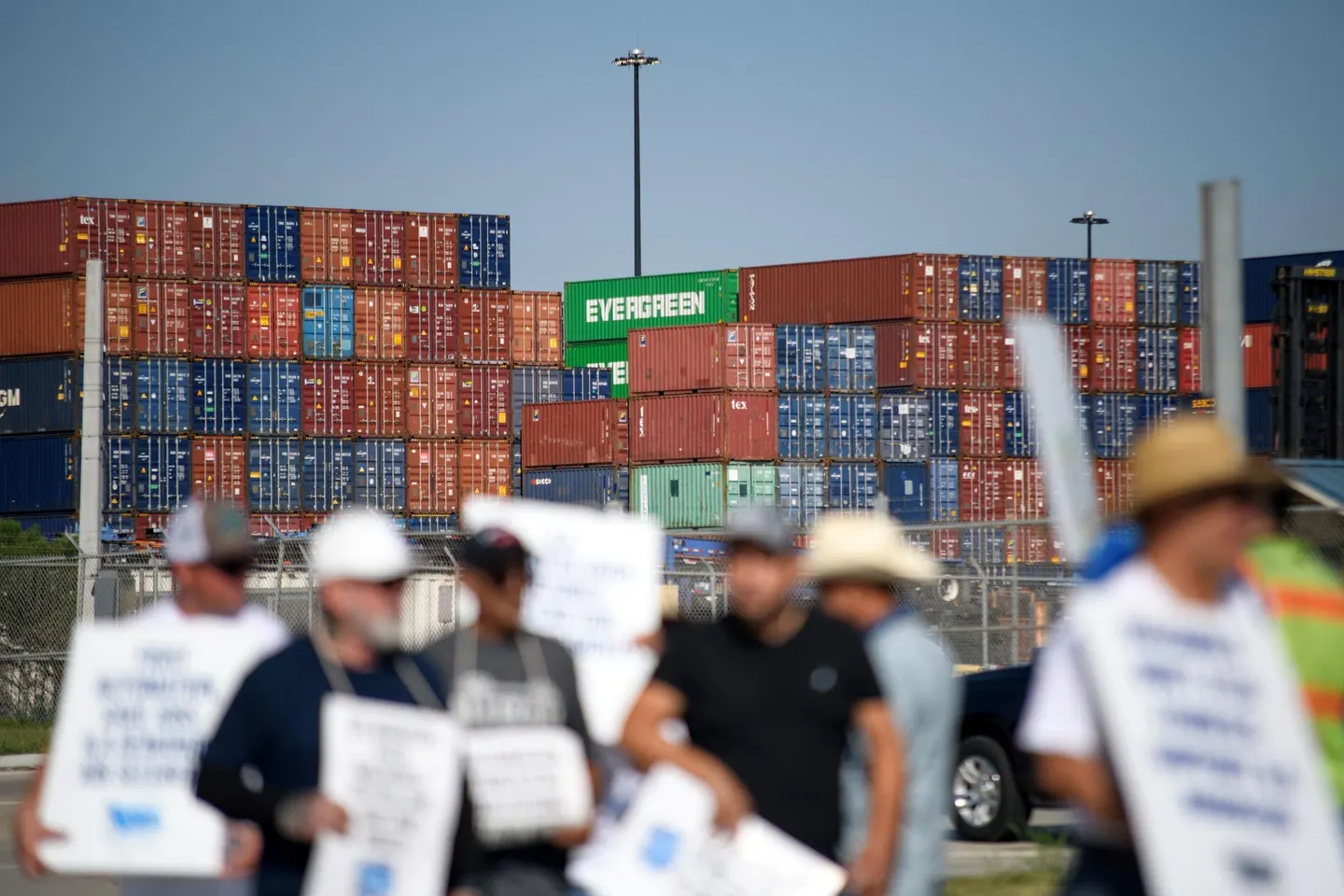The 2024 dockworkers’ strike, which briefly paralyzed the East and Gulf Coast ports, has reached a tentative agreement after just three days. Despite its short duration, the strike caused significant disruptions across the supply chain, including within the trucking industry. Though these ports handle about half of all U.S. ocean imports, they were halted, leading to ripple effects throughout logistics networks. Now that dockworkers are back on the job, the trucking sector is working to recover from the temporary—but impactful—stoppage.
East Coast: Trucks Without Loads
Even though the strike only lasted three days, its effects were immediately felt by trucking companies on the East Coast. Thousands of trucks that typically transport goods from these ports were left idling without freight. This brief interruption caused financial strain, particularly for small trucking businesses that rely on a steady flow of goods. Although the strike was short-lived, the missed revenue and disruption in scheduling will take some time for these companies to recover from.
West Coast: A Brief Surge in Demand for Trucks
 While the West Coast was not directly affected by the strike, some freight was rerouted from the East Coast, leading to a brief surge in demand for trucks. Though the impact was far less severe than initially feared, this spike in shipments created logistical challenges for some companies already operating at capacity. Now that operations have resumed on the East Coast, the West Coast trucking industry is returning to normal, but this short-term imbalance added stress to an already busy system.
While the West Coast was not directly affected by the strike, some freight was rerouted from the East Coast, leading to a brief surge in demand for trucks. Though the impact was far less severe than initially feared, this spike in shipments created logistical challenges for some companies already operating at capacity. Now that operations have resumed on the East Coast, the West Coast trucking industry is returning to normal, but this short-term imbalance added stress to an already busy system.
Supply Chain Delays Are Minimal
Because the strike was resolved quickly, the larger supply chain disruptions that many feared did not fully materialize. However, there were some minor delays in goods reaching U.S. shores, especially for products that were en route when the ports were shut down. While the backlog of shipments is expected to clear in the coming weeks, industries dependent on just-in-time deliveries—such as electronics and automotive parts—may still face brief delays as goods are processed and moved through the system.
Small Trucking Businesses Still Affected
Although larger corporations like Walmart and Costco were able to reroute or adjust shipments, small trucking businesses were more vulnerable to the sudden disruption. For many of these businesses, the three-day gap in freight flow, combined with the challenges of rescheduling loads, has resulted in a financial setback. While the strike didn’t last long, the loss of revenue, even for a few days, can create ongoing challenges for smaller operations that rely on consistent work.
Looking Ahead
The tentative agreement in the 2024 dockworkers’ strike prevented what could have been a far more serious disruption to the U.S. supply chain. While the trucking industry is beginning to return to normal, the brief strike highlighted how even short-term interruptions can have significant effects. The quick resolution of the strike is a relief to many in the logistics industry, but it also underscores the need for stronger contingency plans to minimize the impact of such events in the future.
With the ports back online, trucking companies are focused on clearing the minor backlogs that remain. While most businesses will recover quickly, small trucking operations may still feel the effects of this disruption for weeks to come.



